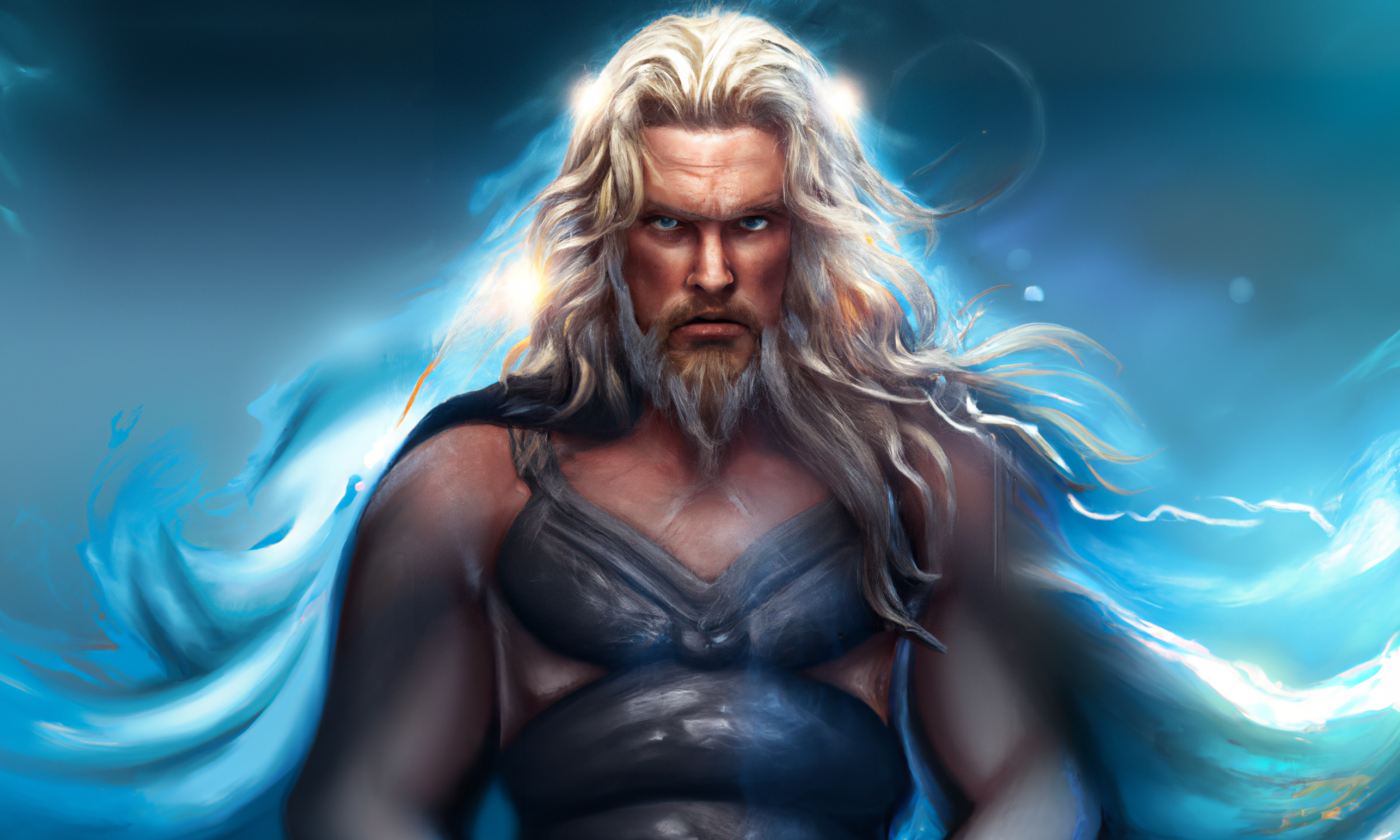AESIR-VANIR WAR
The Aesir-Vanir War, A Cosmic Clash:
In Norse mythology, a significant conflict known as the Aesir-Vanir War punctuates the narrative, a discord that took place between the two pantheons of deities - the Aesir and the Vanir. This war is an important chapter in the mythology, underlining the friction and subsequent reconciliation between the two divine factions. The root causes of the war, as per surviving texts, are somewhat nebulous. Yet, it is conjectured to have originated from a cultural clash, disparities in powers, and differing divine dominions held by the Aesir and the Vanir. Some scholarly interpretations even hint at disagreements over the possession and control of certain potent artifacts or divine treasures as being a precipitating factor for the war. The combat was characterized by its ferocity and duration, with both factions displaying their might in the battlefield. The Aesir, renowned for their warlike tendencies, contended against the Vanir, who boasted their own potent abilities and enchantments linked to fertility and the natural world. The toll of the war was heavy, leading to substantial devastation and losses for both sides.
Awakening to the harsh reality of the conflict's futility and its destructive consequences, the Aesir and Vanir eventually strived for a resolution. They consented to a truce, symbolizing peace through the exchange of hostages. As part of this peace agreement, Njord, the god of the sea, and his progeny, Freyr and Freyja, were dispatched by the Vanir to reside amidst the Aesir. In return, the Aesir sent Hoenir, a warrior deity, and Mimir, the god of wisdom, to dwell among the Vanir. Both the Aesir and Vanir factions comprised several gods and goddesses, each distinguished by their unique powers and associations. The Aesir clan hosted gods like Odin, known for wisdom, war, and magic; Thor, the god of thunder and protection; Tyr, a symbol of law, justice, and bravery; Frigg, the queen representing love, marriage, and motherhood; Baldur, the divine embodiment of light and purity; Heimdall, the vigilant guardian of the gods; Bragi, the eloquent god of poetry; Idun, the goddess of youth and the custodian of life-giving golden apples, and Forseti, the god of justice and mediation. The Vanir faction was equally illustrious with deities such as Freyr, a symbol of fertility and abundance; Freyja, the goddess of love and beauty; Njord, associated with the sea, wind, and wealth; Nerthus, the embodiment of nature and agriculture; Gullveig, known for her magical prowess and prophecy; Skadi, the goddess of winter and hunting; and Kvasir, the wise deity associated with knowledge and inspiration.
In retrospect, the Aesir-Vanir War, marked by intense conflicts and destructive battles, culminated in a transformative resolution. Although the war was characterized by ruin and loss, it also fostered the path for harmony and unity amongst the divine factions. With the realization of the detrimental impacts of the war and the mutual advantages of collaboration, the Aesir and Vanir pursued peaceful negotiations. These discussions resulted in a truce, marked by the symbolic exchange of hostages - a significant milestone in the narrative. This exchange epitomized the fusion and integration of the Aesir and Vanir, underlining their shared responsibilities and interdependence within the divine cosmos. Recognizing the merits of unity over discord, the gods and goddesses of both factions set aside their differences, aligning their efforts for the greater good of the realms they governed. The cessation of the Aesir-Vanir War initiated a new era of cooperation and coexistence, blending the unique strengths and attributes of each faction into a harmonious balance. The bitter rivalry was replaced by an understanding that their shared attributes and complementary qualities could serve the cosmos better when united. As a result, the Norse pantheon expanded and diversified, reflecting a blend of the Aesir's emphasis on courage, justice, and valor, and the Vanir's connection with fertility, nature, and prosperity. This monumental truce symbolized a transformative integration, where the divine domains of the Aesir and Vanir merged, setting a new precedence of unity in the divine realm. The conclusion of the war also emphasized the theme of interconnectedness within the divine cosmos, resonating with the idea that harmony often yields more fruitful outcomes than discord. It was a testament to the virtues of diplomacy, negotiation, and mutual respect, highlighting that even in the world of gods, conflict can be resolved peacefully. The profound resolution of the Aesir-Vanir War not only painted a narrative of reconciliation but also significantly influenced the mythical world's future dynamics. The new era, marked by a harmonious co-existence, led to the creation of a vibrant and diverse pantheon, weaving together the rich threads of Aesir and Vanir attributes. This blend of differing origins and powers worked collectively to protect and shape the realms they governed, adding to the richness and complexity of Norse mythology.
Other Readings:





